Ho Chi Minh City Department of Tourism has implemented a number of specialized tourism development programs such as large-scale and highly experiential culinary programs , contributing to creating emotions and depth for tourism products.
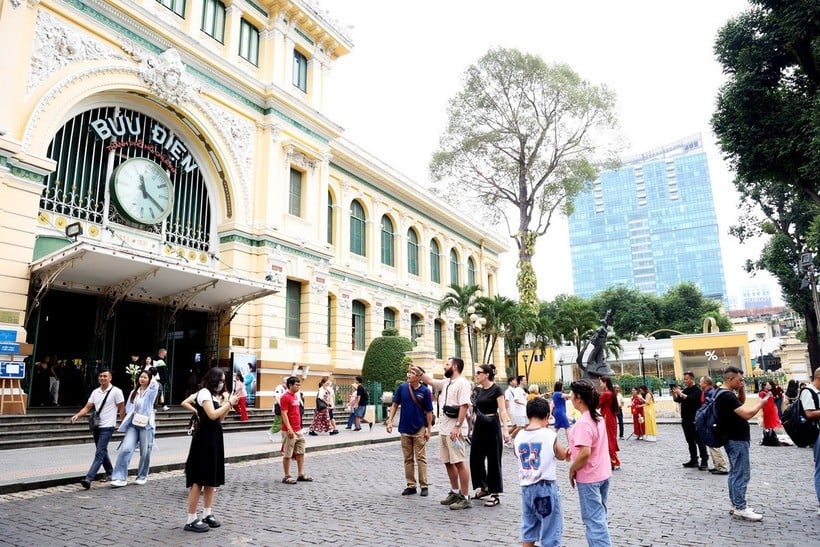
Along with promoting existing values, Ho Chi Minh City's tourism industry is promoting program diversity and renewing traditional products by linking with new resources after the merger of localities and the two-level government operating mechanism.
The city's Department of Tourism has implemented a number of specialized tourism development programs, such as those associated with large-scale and highly experiential cuisine, contributing to creating emotions and depth for tourism products.
Ho Chi Minh City has mobilized resources from stakeholders in the tourism ecosystem, from state management agencies, businesses, communities, tourists, etc. to specialized consulting units to exploit the potential to become tourism products through the program "Each district has a typical tourism product."
In particular, after expanding administrative boundaries and organizing two-level local government, the Ho Chi Minh City Department of Tourism will implement a program called the model of "each commune and ward has a typical tourism activity" to focus on maximizing the cultural values and resources in the area, including cuisine.
It is a fact that Ho Chi Minh City cuisine is a colorful journey and is where family-owned restaurants preserve traditional flavors through generations.
Typically, Hoa Ma bread, Ban Co ward, Ho Chi Minh City is a destination not to be missed with a pate sandwich with a strong Saigon flavor; Vung Tau ward's banh khot is a rustic, crispy dish with a rich taste of the sea; My Lien rice cake, Bung-Lai Thieu market, is famous for more than 100 years...
These restaurants are not only places where domestic and foreign tourists can enjoy cuisine, but also a journey to discover the culture and history of the Southern land.
In addition, domestic and foreign tourists coming to Ho Chi Minh City in the summer of 2025 can also enjoy mangosteen chicken salad, a unique "seasonal" specialty that is hard to find in other destinations; or beef dipped in shrimp paste at Cay Nhang intersection, eel porridge... in a number of new tour programs and products recently developed by the city's tourism industry.
After officially merging with other localities, Ho Chi Minh City not only increased in area and population, but also created a special economic-tourism space, converging all the attractive factors for tourist destinations such as modern urban areas, advanced industry, resort islands and traditional culture.
Ms. Thuy Ha, a tourist from Hanoi who came to Ho Chi Minh City with her family for a summer vacation in 2025, shared that she was very excited when some travel and tourism businesses introduced a variety of itineraries from the city to the sea, bringing new experiences through connecting central urban spaces, riverside ecological areas and coastal resorts in a continuous tour.
In addition, the family was quite impressed with the culinary products, because they converged a rich variety of delicious dishes from the entire Southeast region, especially visitors from afar could enjoy seasonal local specialties or traditional cuisine - old restaurants at the destination.
Exploiting room to expand customer market share
Mr. Tuan Vu, a tour guide in Ho Chi Minh City, pointed out that with nearly 93,000 accommodation rooms, from high-end hotels to homestays, eco-resorts, along with a system of shopping centers, international hospitals, golf courses, entertainment areas..., Ho Chi Minh City is fully capable of receiving both large-scale domestic guests and high-end international guests.
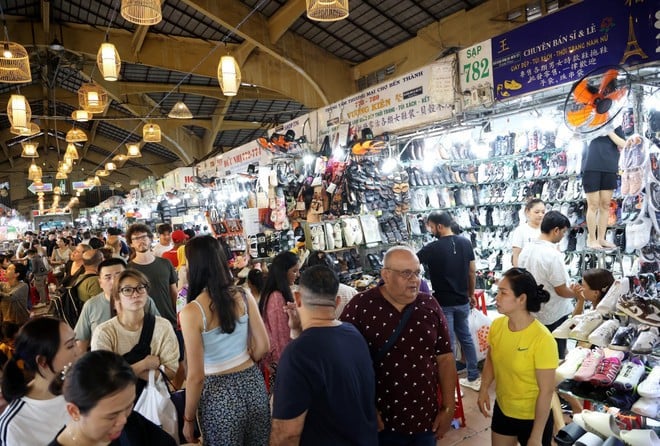
On the other hand, the city with its outstanding urban space, including: architectural heritage system, modern museums, traditional markets, street food, creative spaces and festivals... is a place where MICE tours, city tours, cultural tourism, night tourism products can be strongly developed...
The seaport system, logistics, inland waterways and a series of major rivers such as the Saigon and Nha Be rivers are opening up space for the development of river tourism for Ho Chi Minh City after the merger.
Statistics from the Ho Chi Minh City Department of Tourism also show that within the new geographical area, the city currently owns 681 resources that have the potential to become tourist destinations, with a widespread structure and clear zoning by nature. This is the time when the city is facing a golden opportunity to restructure the tourism industry, shifting from separate regional development to an integrated - multi-center - sustainable model.
Among them, there are various types of specialized tourism such as medical tourism, high-end MICE tourism or digital heritage tourism that are being strongly developed and are identified as segments that are suitable for the city's existing strengths such as a modern hospital system, international standard accommodation and conference infrastructure and a rich treasure trove of cultural and revolutionary heritage.
Furthermore, focusing on investing in these types of products not only helps diversify products but also creates distinct competitive advantages, contributing to affirming Ho Chi Minh City's position as a specialized and attractive destination in the high-value customer segment.
According to Ms. Nguyen Thi Anh Hoa, Director of the Ho Chi Minh City Department of Tourism, tourism cannot be developed alone, but needs to be placed in a close relationship with the overall planning, regional linkages and many fields such as transportation, health, culture, sports, technology, etc.
This is even more evident in the context of Ho Chi Minh City expanding after the merger, as well as effectively promoting the combined strength of resources, people, infrastructure and policies.
Therefore, in addition to developing tourism specific to each new commune and ward, Ho Chi Minh City also promotes the connection of strengths of each locality, saves resources, takes advantage of each other's markets and creates regional brands clearly demonstrated through cooperation and development between the city and regions, as well as provinces and cities across the country.
"The philosophy of 'traditional creativity' will continue to be implemented by the Ho Chi Minh City tourism industry in the model of festivals, events and tourism products to maximize the creativity of the business community, cultural researchers, and consulting organizations to build tourism products in the city. Because in recent times, traditional creativity in organizing festival events in the city such as the Ao Dai Festival; River Festival... with the combination of traditional cultural elements, modern technology and contemporary performance forms has brought new perspectives and new feelings to tourists coming to Ho Chi Minh City," Ms. Nguyen Thi Anh Hoa added./.
Source: https://baolangson.vn/thanh-pho-ho-chi-minh-phat-trien-du-lich-dac-trung-moi-xa-phuong-moi-5052949.html







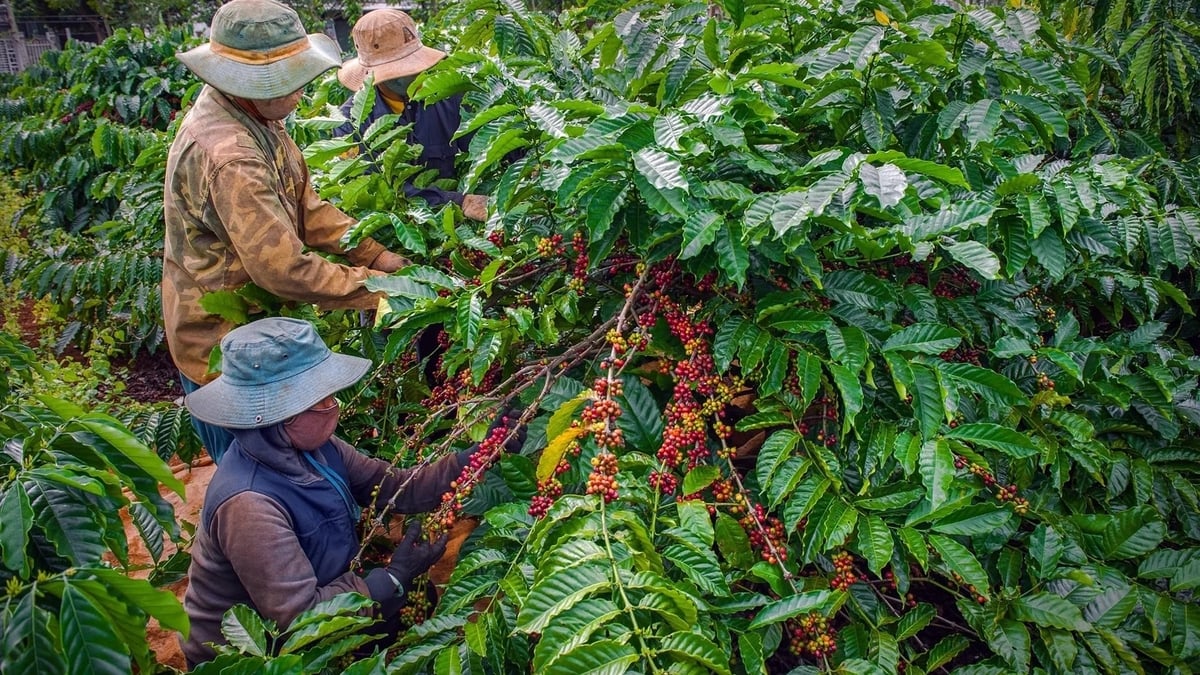

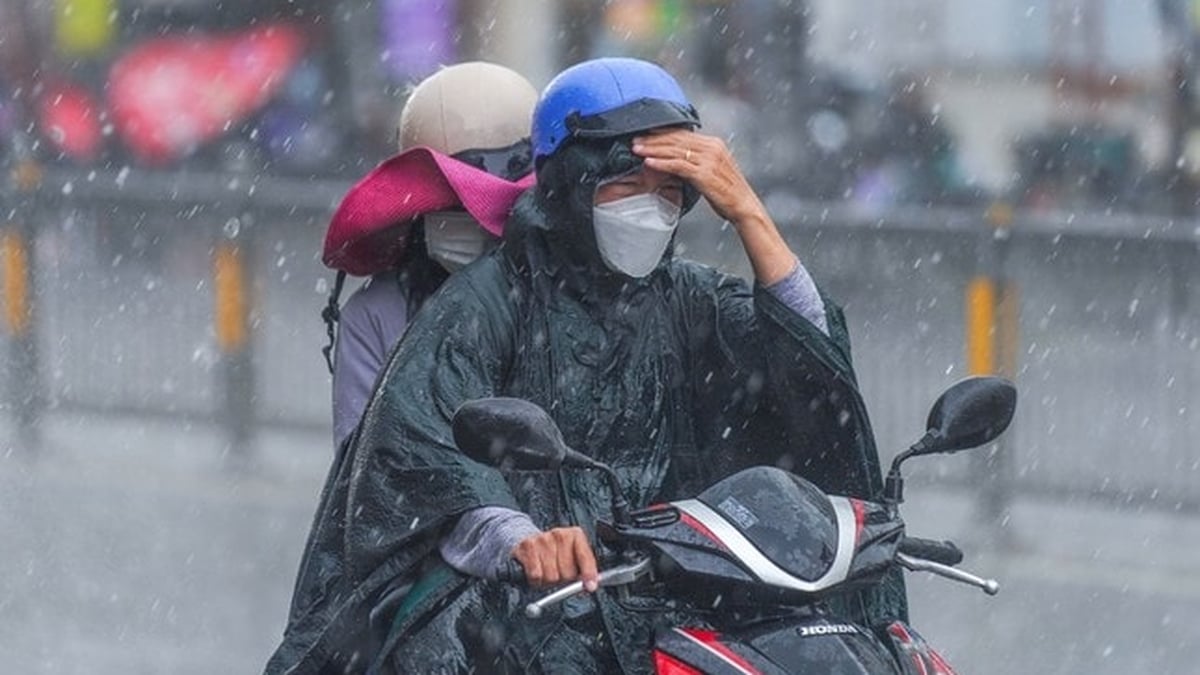
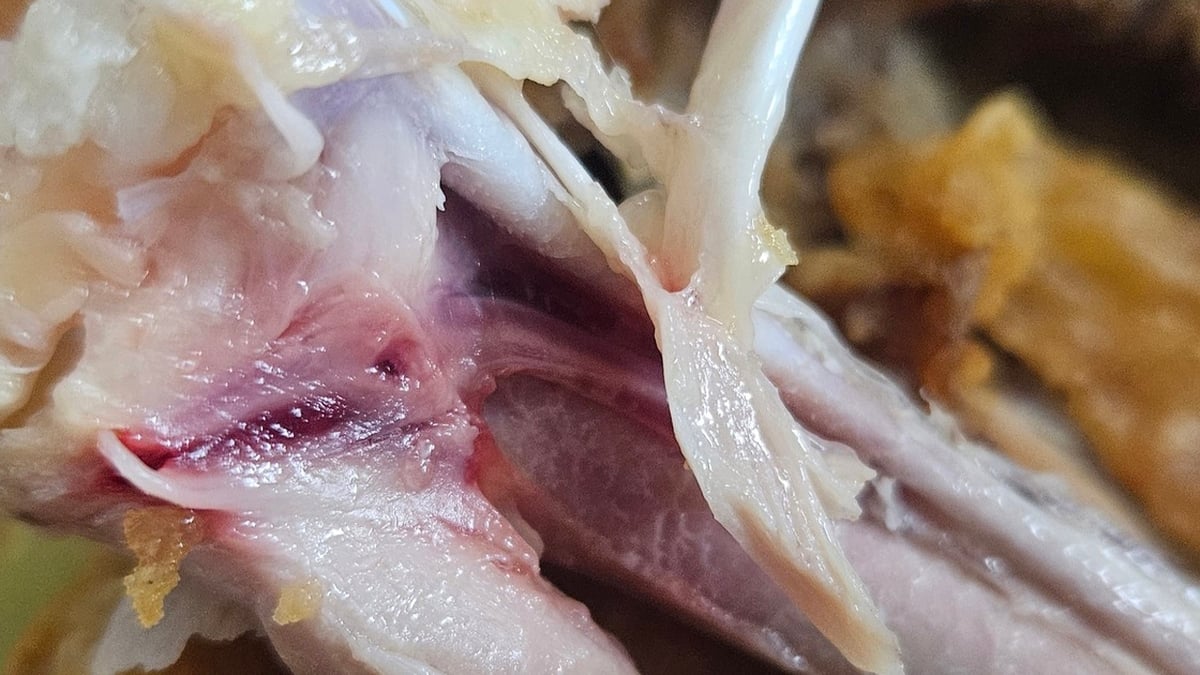




















































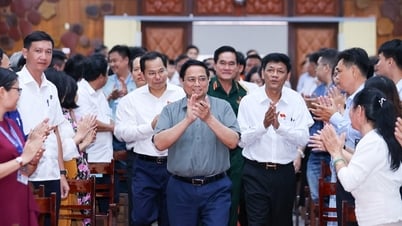


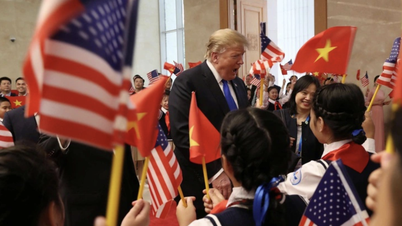
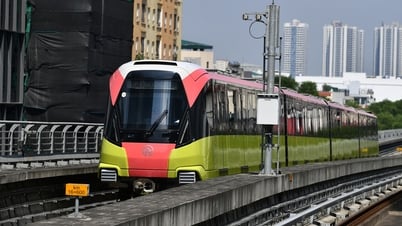
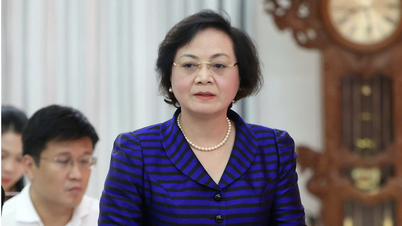
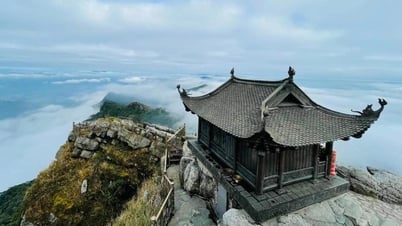
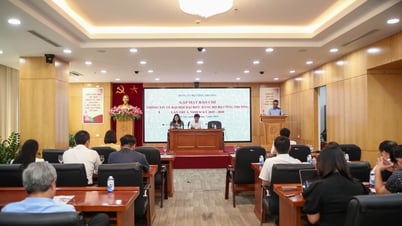

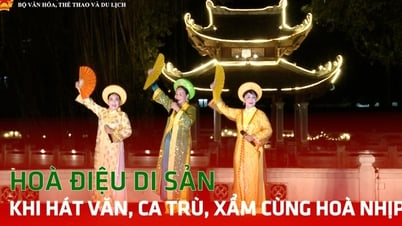




























Comment (0)